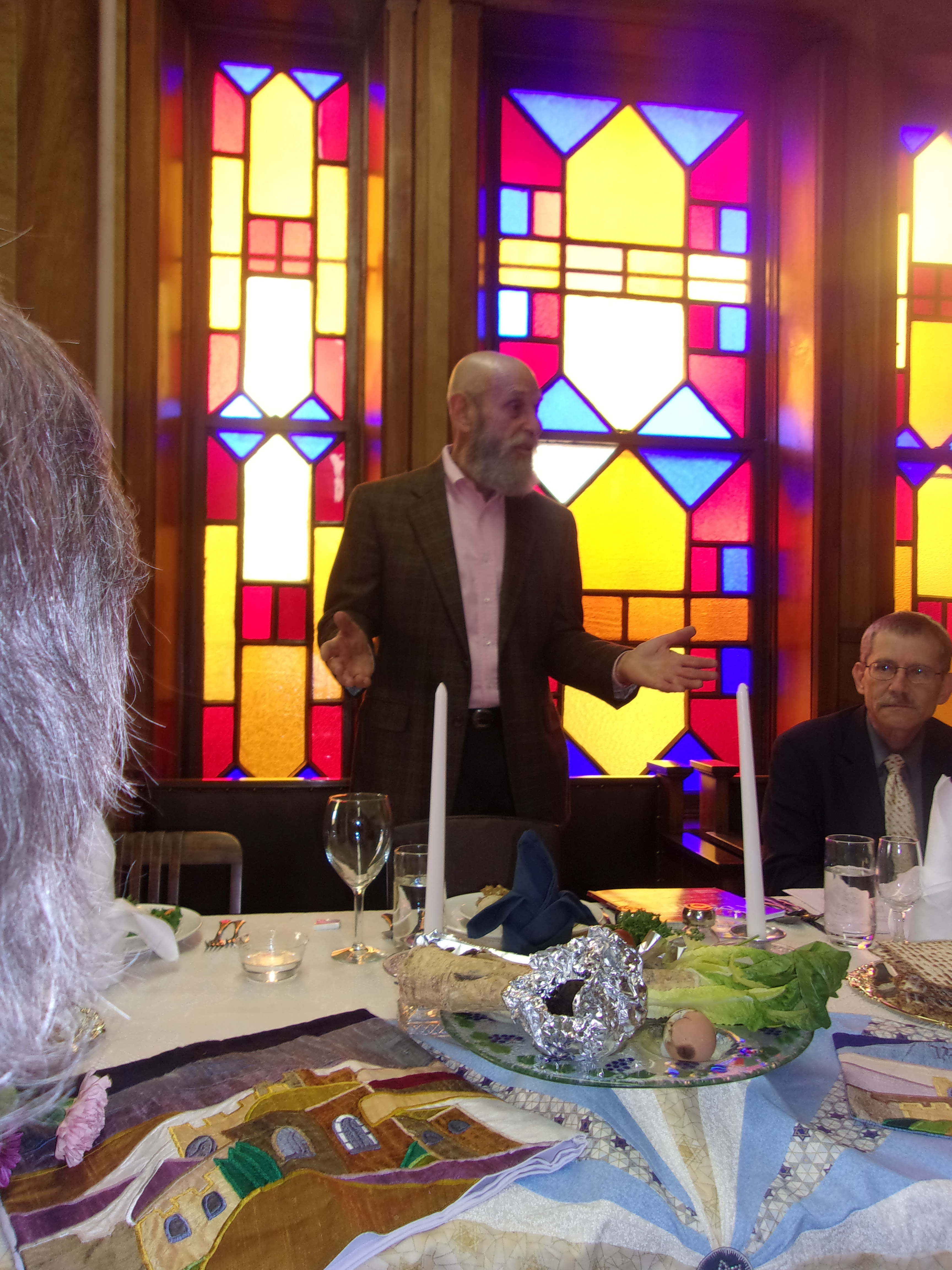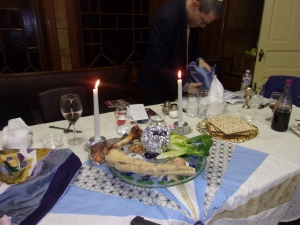
TRINIDAD — About 60 people from all over the region came together to celebrate a Seder at Temple Aaron in Trinidad. Seder is a meal that remembers the Jewish slavery in Egypt and celebrates the people’s joyful release from bondage. It is a meal designed to teach children the story of oppression and restoration and it is commemorated by eating special foods, drinking wine, telling stories, reciting poems and prayers and fellowship. The word ‘Seder’ simply means ‘order’ and the rules of the service, which have been carried out for 3,000 years, are found in a book called a Haggadah, which translates to, “telling”.
The original cost of the building was $12,000 and raised by the congregation and they erected a wondrous building complete with an onion dome, stained glass, gorgeous workmanship and an organ shipped by wagon. For decades the Rubin family of Raton has served as the building’s caretakers and, now that Kathryn Rubin is unable to attend to this task, her son, Randy now carries the local mantle. An impressive group of Jewish people assembled for this Seder, among them Rabbi Schlachter who is also a PhD physicist from Los Alamos – David London, a Boulder attorney who has taken a special interest in the project, along with a representative from the Colorado Preservation, Inc.





